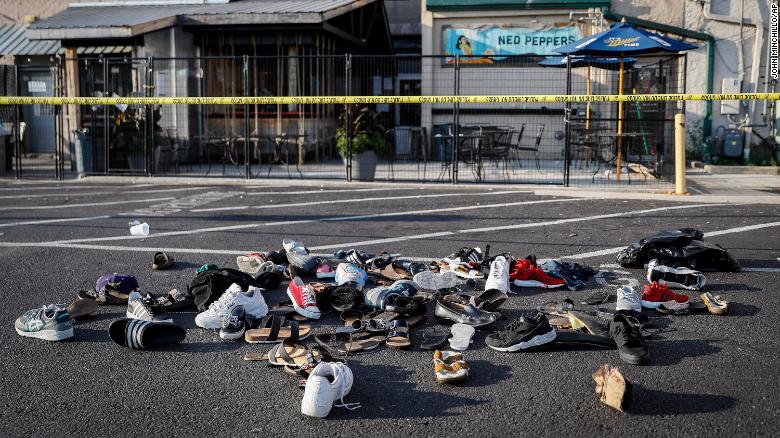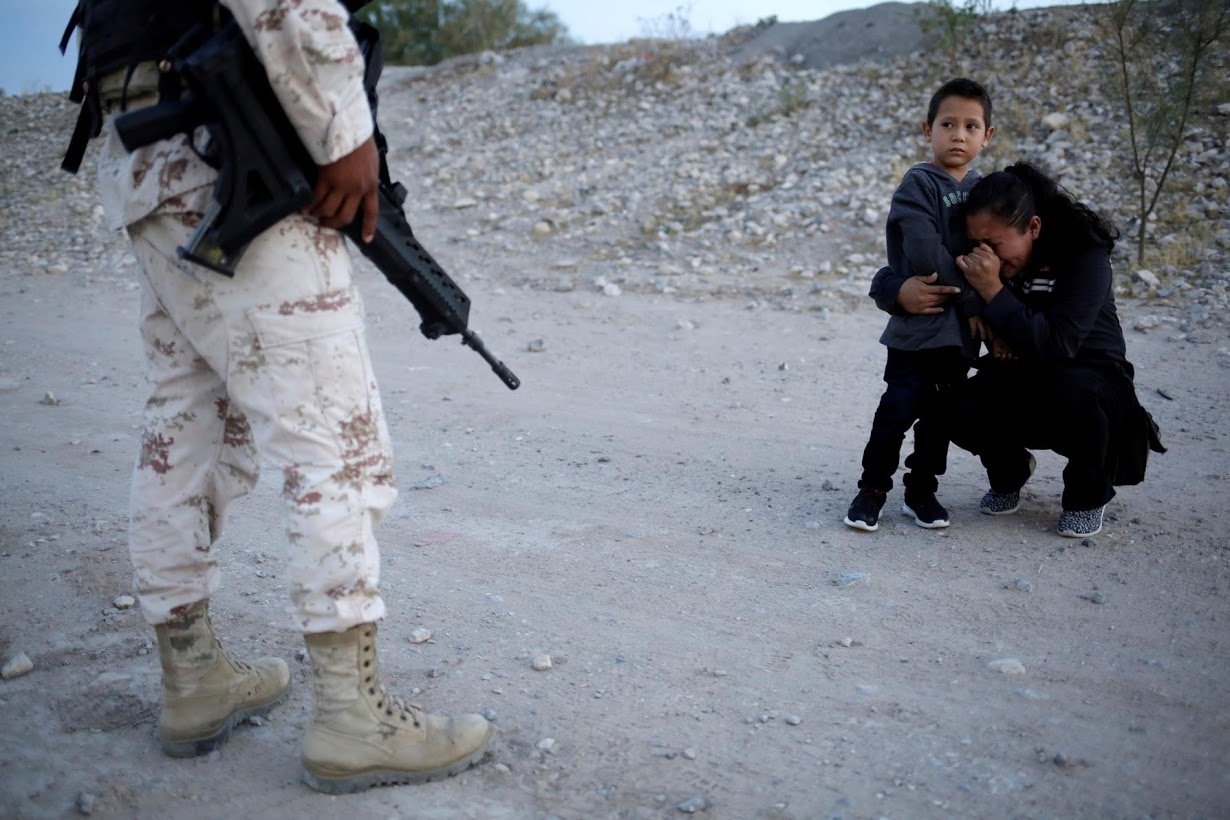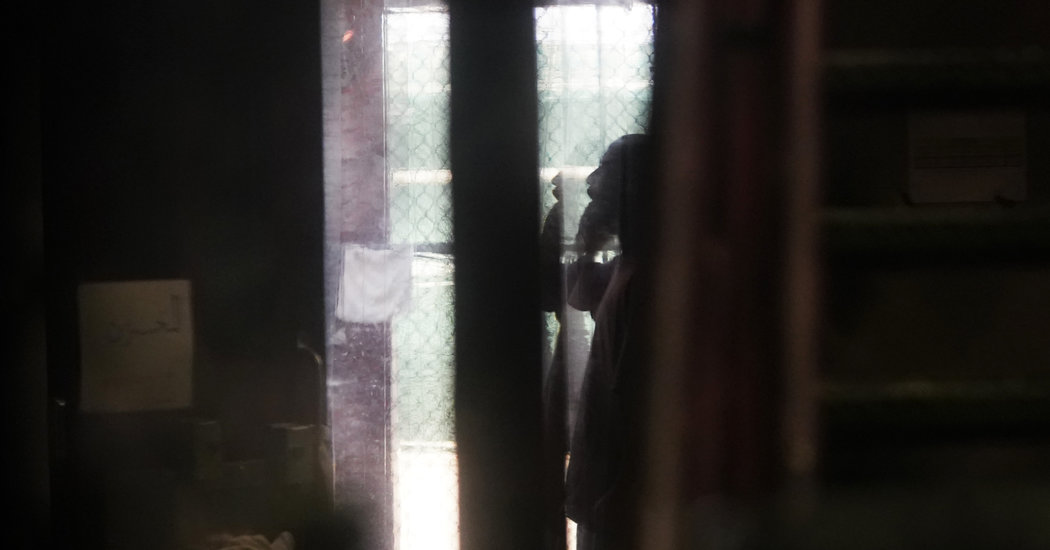Notes
There Won’t Be Blood: Gun Violence and Visual Censorship

To show or not to show? When does publishing photos of carnage become exploitative, gratuitous and pornographic, and when does it become critical information and a prompt for change?
Photojournalists, editors and scholars have long grappled with these questions. In light of the consecutive mass shootings in Gilroy, El Paso, and Dayton, we discuss how gun violence is covered by U.S. media in terms of what we see and what we don’t see.
The first weekend in August was extremely violent. We saw media images of people leaving these terror scenes, grieving and coming together in the aftermath. Or we say artful pictures such as the one above, taken outside the bar where the Dayton shooting occurred. But in published photos, there was little trace of carnage, unlike the photo of the man in a bloodied shirt after the Virginia Beach mass shooting in June. In a recent episode of Chatting the Pictures, Michael and Cara discussed how domestic media rarely publishes images of bloodied mass shooting survivors.
2/ Remember that rare/unusual shot from Va Beach? Or this frame from Christchurch in New Zealand? Once again this weekend, horrific acts of #gunviolence on American soil. But between police and media, the scenes are completely sanitized. While carnage reigns, we see no blood. pic.twitter.com/TFoJHzBD2K
— Reading The Pictures (@ReadingThePix) August 5, 2019
Doctors, who were on the frontlines and were witnesses to the massacre, weighed in as well.
— Reading The Pictures (@ReadingThePix) August 5, 2019
Drops of blood smaller than puddles neither compare to the bloodbath, nor do it justice.
4/ Multiple shots of firefighters washing down street in Dayton. OTOH, a few bloodstains on the sidewalk is all. pic.twitter.com/bIuRKasU1B
— Reading The Pictures (@ReadingThePix) August 5, 2019
5/ Alley behind Ned Peppers, 10 dead, 27 injured. No, not OK! pic.twitter.com/rdUdI3lU6W
— Reading The Pictures (@ReadingThePix) August 5, 2019
Of course, consent plays a factor in what we do or don’t see. The absence of consent by a person who was maimed or killed in a mass shooting is a common argument against publishing their image. Editors are already concerned about desensitizing the public, minimizing harm and maintaining the dignity of the deceased. But when people are actively consenting, it becomes a different conversation.
As white nationalist terror spreads, some people are publicly giving permission to use their bodies to prove a point. #MyLastShot is a campaign started by Columbine High School students and activists that aims to change gun legislation by publishing pictures of their bodies in the event of a shooting. They are distributing stickers, which are placed at the back of the person’s driver’s license, that read, “In the event that I die from gun violence, please publicize the photo of my death.”
6/ With gun legislation off the table, the censorship of carnage is an implicit theme in this widely published, red stained protest photo from Dayton. 📷 @woolstonphoto @reuterspictures pic.twitter.com/owUfLZMOkq
— Reading The Pictures (@ReadingThePix) August 5, 2019
Still, photographers are capable of depicting carnage without showing an identifiable victim. And it’s still a judgement call when the importance of the event or a particular image might abrogate the practice of consent. The National Press Photographers Association’s code of ethics states, “Give special consideration to vulnerable subjects and compassion to victims of crime or tragedy. Intrude on private moments of grief only when the public has an overriding and justifiable need to see.”
7/ In domestic terrorism, we hardly even see media photos of injured in recovery. This, via @AP, was posted to #Beto Facebook. (Of course, many who see this w survivor of #ElPasoShooting will dismiss it as campaign photo op.) pic.twitter.com/SO0YetlGw3
— Reading The Pictures (@ReadingThePix) August 5, 2019
Often, we don’t even see the aftermath. Here, Beto O’Rourke holds the hand of Rosemary, who survived the mass shooting in El Paso. Politics aside, this picture also gives us a peek into recovery, which is also rarely visually explored by the media.
Many have pointed out the media’s biases. There’s a difference in the way media shows the aftermath of mass murders committed by white, domestic terrorists and the way they cover attacks carried out by violent extremists sympathetic to al Qaeda or ISIS. That’s not to say that photo coverage of violence and terror attacks lack shock value, though. Cameras can be quick to turn to Black and brown bodies, while they shy away from white ones. The difference is also stark when you look at how U.S. media covers wars and disasters abroad. Or in the example below, to show bloodied and identifiable white people after the Boston attack by two Chechen Kyrgyzstani-American brothers in retaliation for America’s Iraq intervention.
8/ When white Americans commit mass murder, we hardly ever see carnage. In contrast, when it came to Islamic terrorism, its often the bloodier the better. #elpasoshooting #daytonshooting pic.twitter.com/wNVkuzjyCo
— Reading The Pictures (@ReadingThePix) August 5, 2019
It’s important to distinguish between a photo that simply shocks, and a photo that shakes us to the core and propels us to action. But it’s also important to ask, “What does it say if we need to see carnage to be moved?” So long as people are dying on the streets, in schools, in festivals, in places of worship, and in big box stores, we will continue to question the role, ethics, power, and the censorship of photography.
Photo: John Minchillo/Associated Press Caption: Shoes are piled outside the scene of a mass shooting including Ned Peppers bar in Dayton, Ohio. August 4, 2019.


Reactions
Comments Powered by Disqus